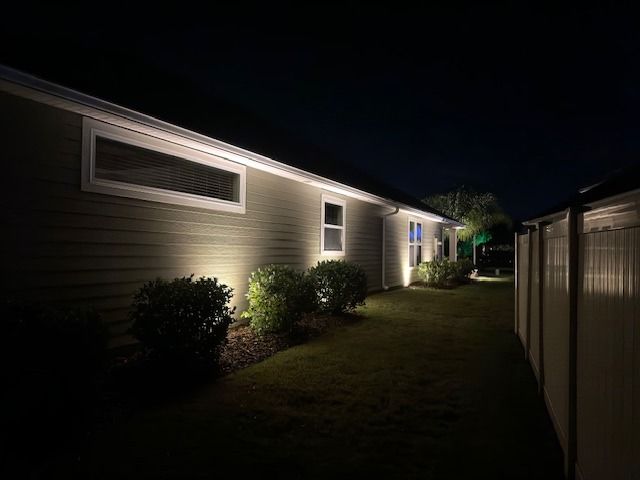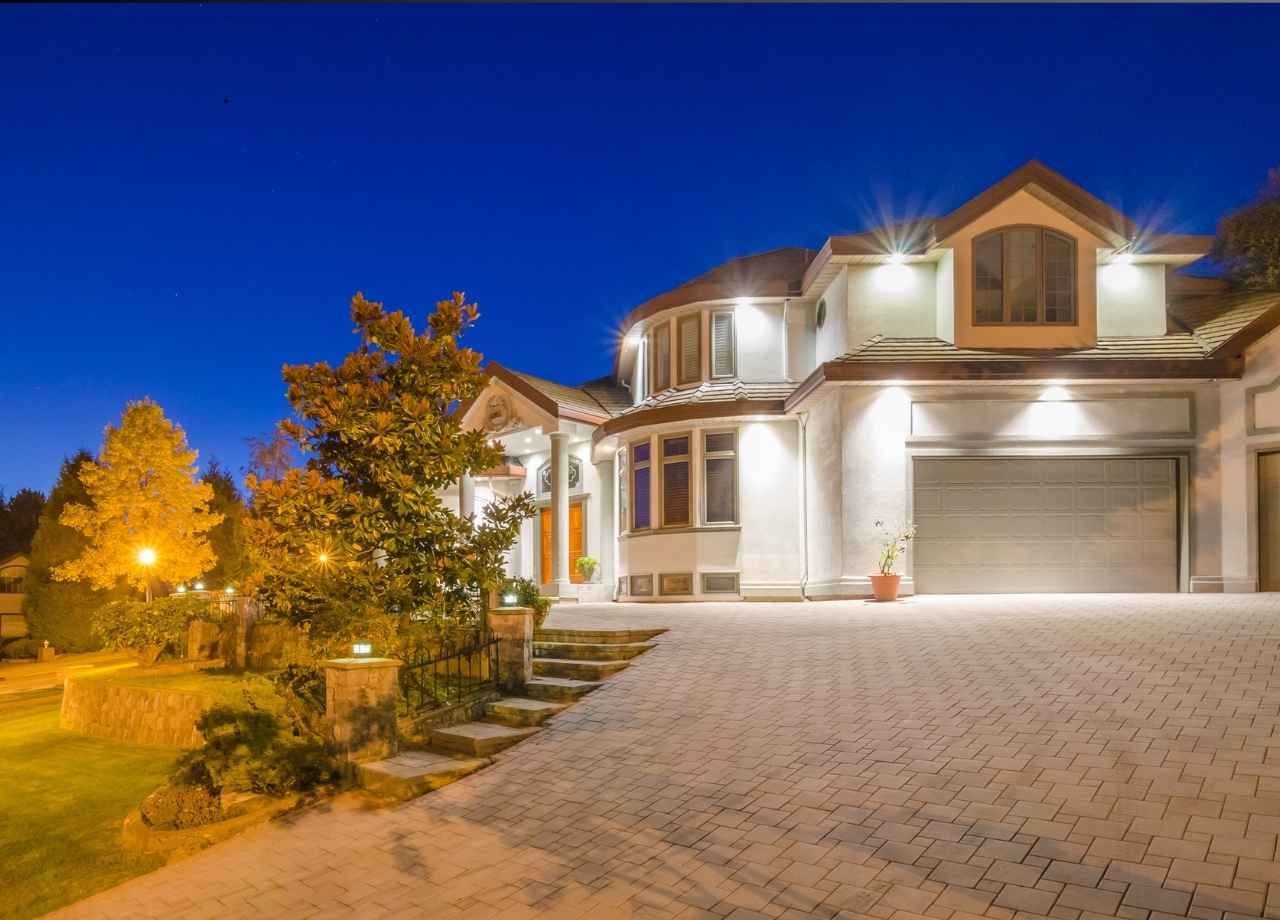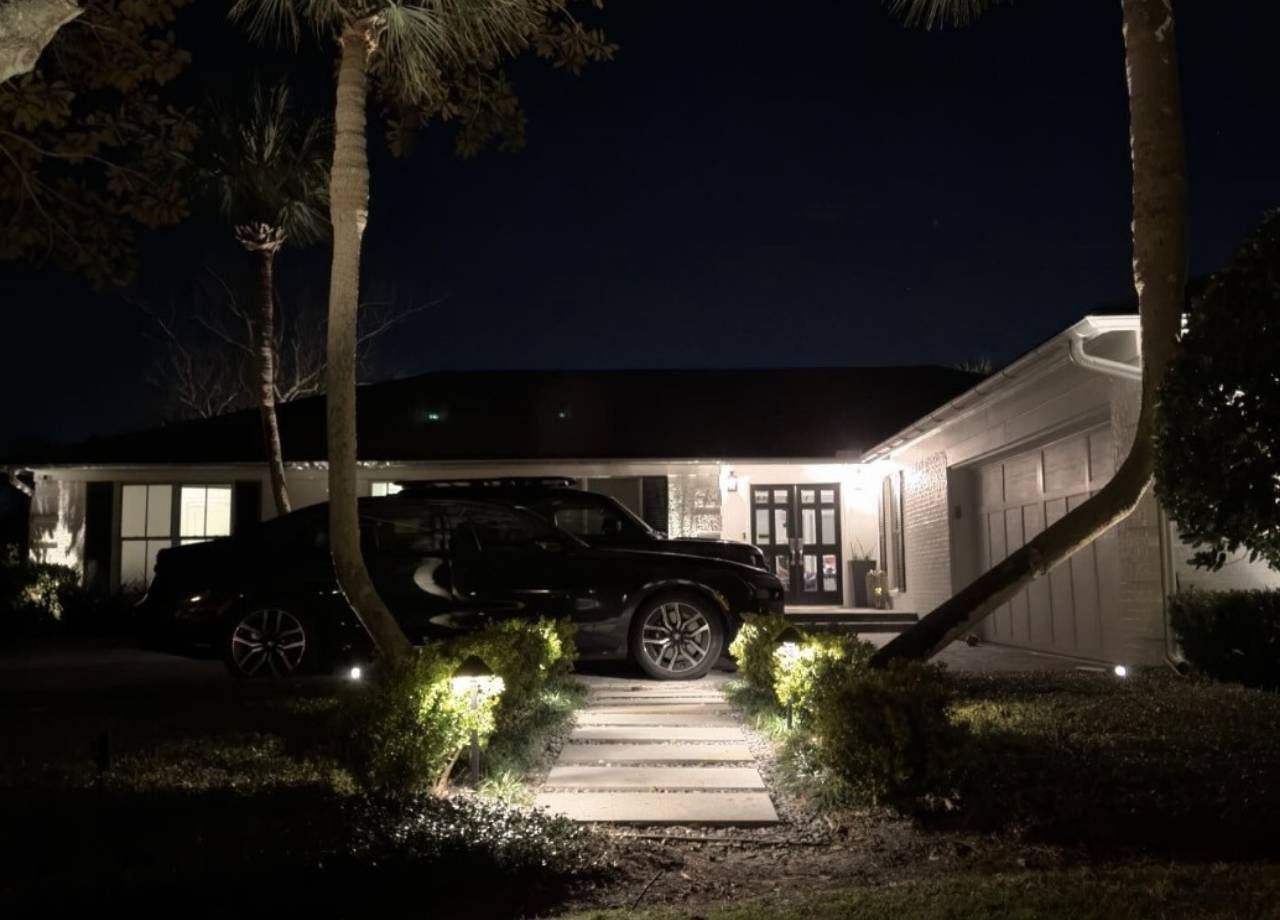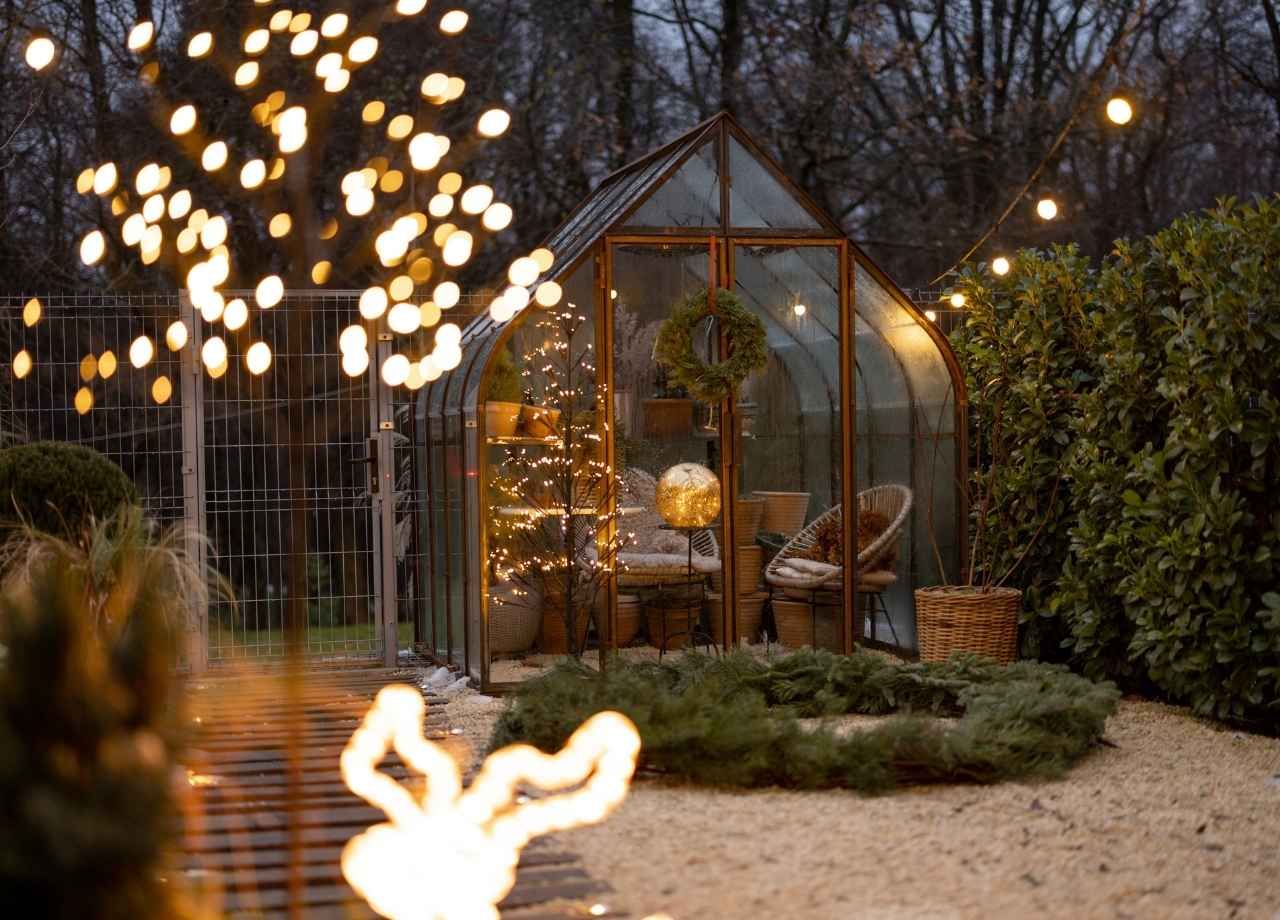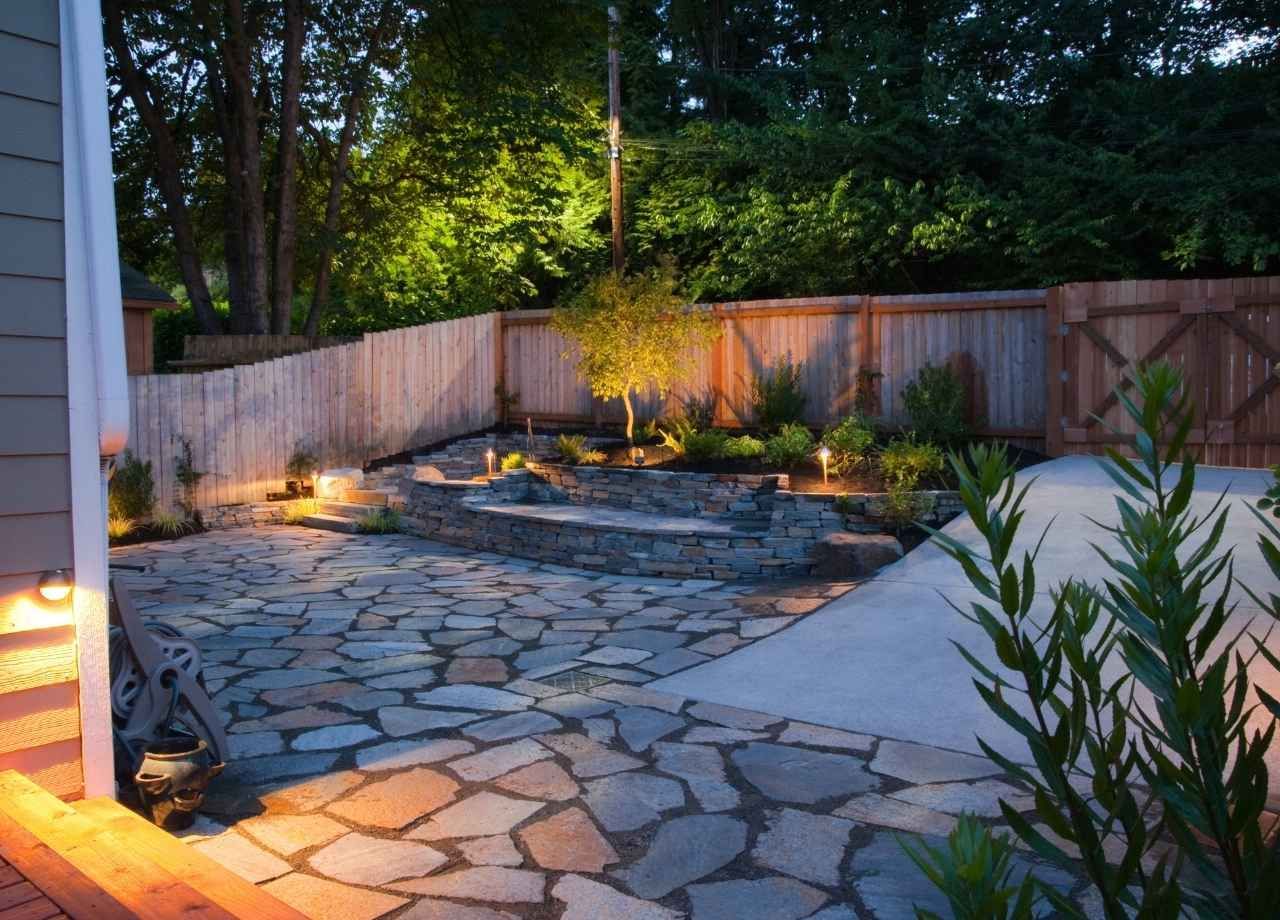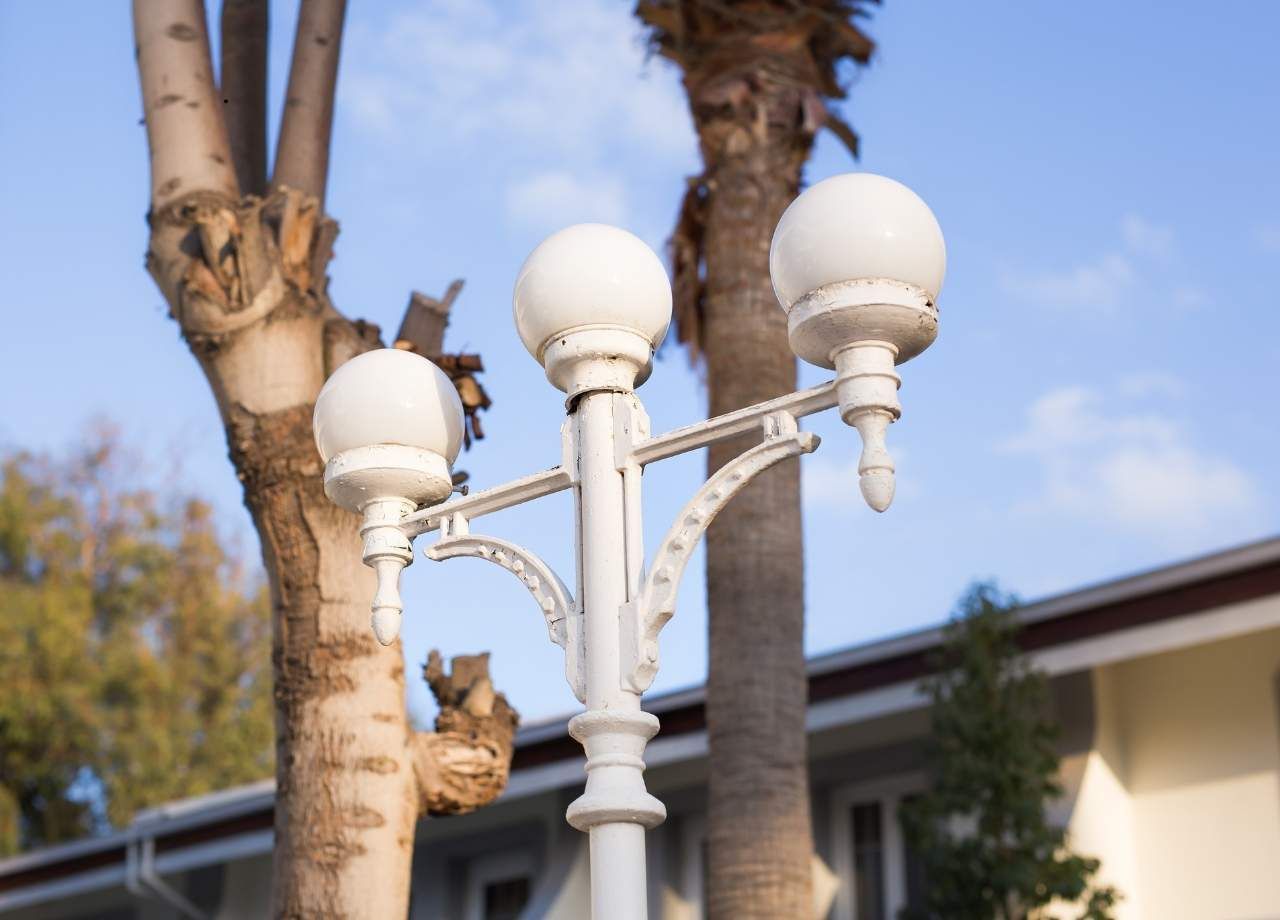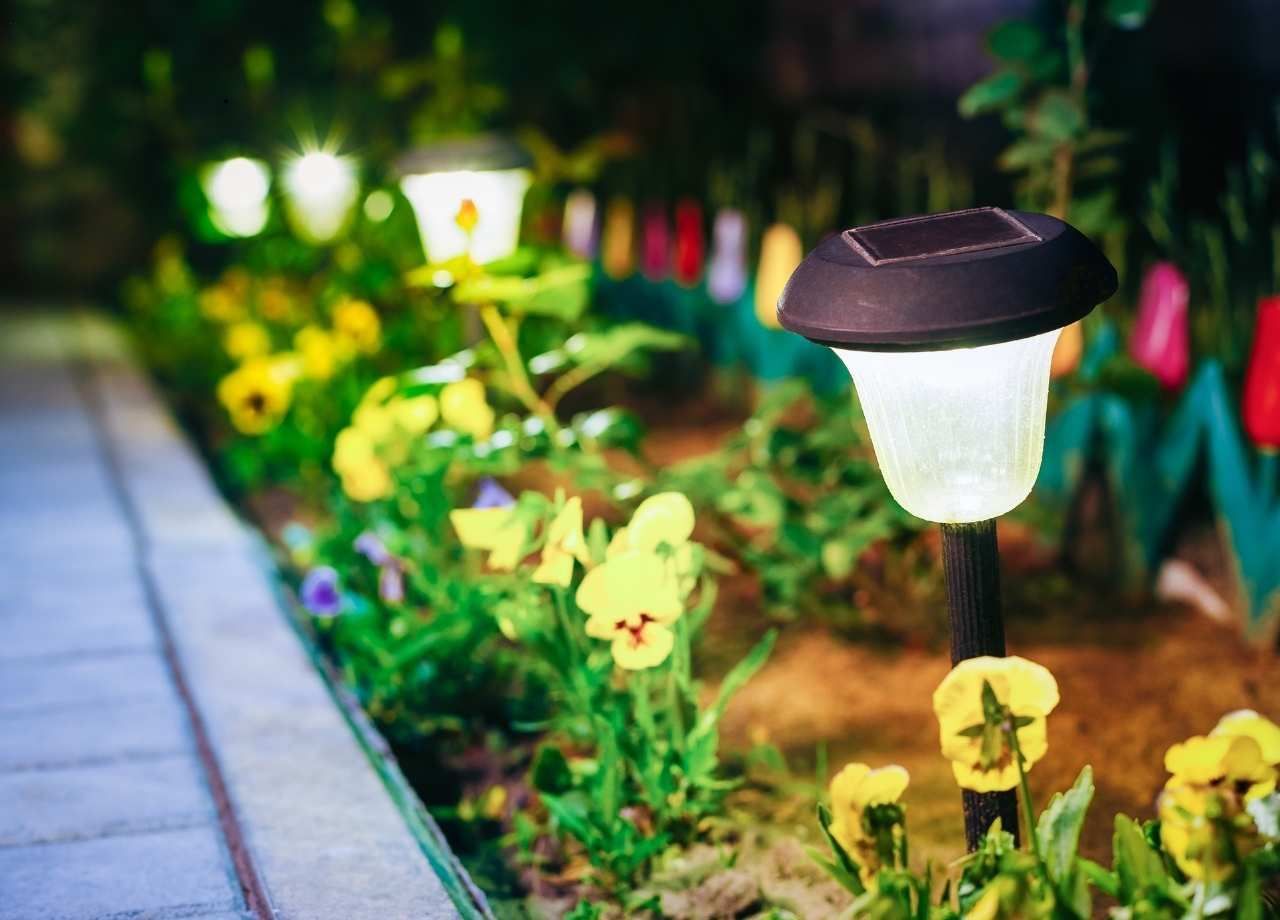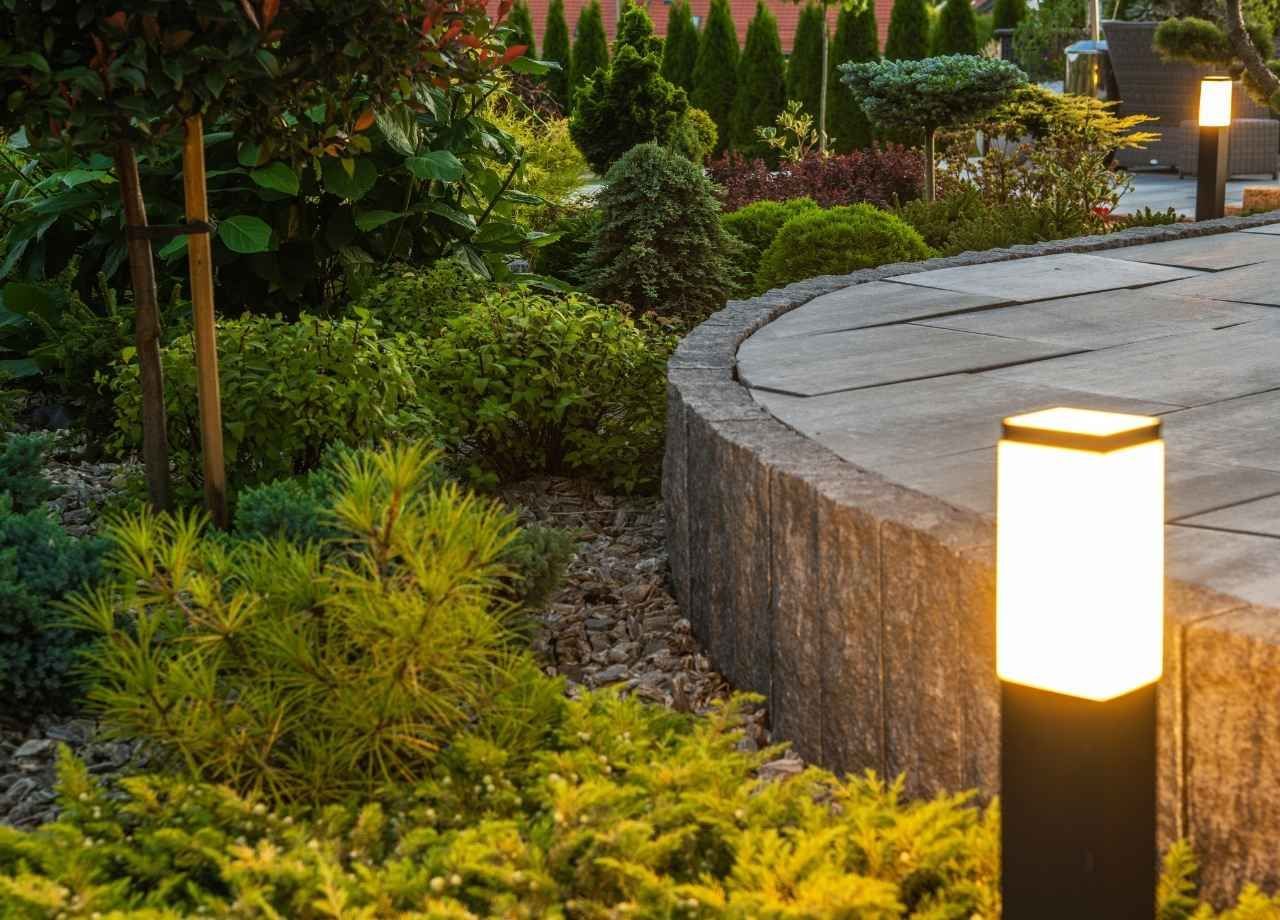Maintaining Your Outdoor Lighting System
A professionally installed outdoor lighting system enhances curb appeal, provides safety, and highlights the beauty of your landscape architecture long after the sun sets. But just like any other feature of your home, these systems require consistent care to stay efficient and visually striking. Without proper upkeep, outdoor lighting can lose its charm, reduce energy efficiency, and compromise safety. Routine maintenance isn’t just about keeping lights on—it's about ensuring your investment continues to deliver top-tier performance and aesthetics.
At Aloha Outdoor Lighting, we design systems with longevity in mind and provide maintenance services tailored to the unique conditions in Jacksonville, FL. High humidity, salt air, and seasonal storms can wear down even the best fixtures if they’re not monitored. Proper maintenance extends the life of your system and protects your home’s nighttime presence.
Why Regular Maintenance Is Necessary
Outdoor lighting systems operate under constant exposure to the elements. Rain, wind, debris, and even insects can damage components or affect light output. Over time, lenses fog up, connections corrode, and bulbs dim or burn out. Soil movement or plant growth can shift fixture positions or obscure the intended lighting effect. Keeping your system in peak condition means addressing these issues before they compromise the overall design.
Ignoring maintenance leads to reduced illumination, increased energy use, and avoidable repair costs. Even LED systems, known for durability, benefit from occasional checks. Transformers may overheat from obstructed vents, and wires can degrade or become exposed. Homeowners often don’t notice these changes until performance dips significantly, and by then, the repairs are usually more involved.
Common Issues Found in Outdoor Lighting Systems
Most issues begin small but grow over time. Fixture misalignment is common, particularly when landscapers or heavy rains displace the ground. A light meant to showcase a tree trunk may end up shining into a neighbor's window. Misaligned lights can also create harsh shadows or dark patches, ruining the balance of your lighting design.
Corroded connections are another frequent issue, especially in coastal regions. Brass and copper are resilient materials, but salt air can still accelerate oxidation. If you notice flickering or intermittent lighting, it's often due to wiring issues or corroded terminals. Insects and moisture can also invade poorly sealed fixtures, leading to internal damage.
Lenses become cloudy or dirty over time, dimming the beam spread and changing the color temperature. This is especially noticeable with warm white LEDs, which lose their inviting tone when filtered through dirty glass. Proper cleaning restores their vibrance and improves visibility.
Cleaning and Adjusting Fixtures
One of the simplest yet most impactful maintenance tasks is cleaning the fixtures. Use a soft cloth, warm water, and mild soap to wipe lenses and housing. Avoid harsh chemicals that can degrade finishes or seals. For stubborn mineral deposits or algae growth, diluted vinegar works well.
Adjustment is equally important. Fixtures should be realigned every few months, especially those near pathways or garden beds. Even minor shifts in angle or height can distort the lighting effect. Take time to walk your property after dusk, noting any hot spots, glare, or underlit areas.
Prune plants that block light or cast unwanted shadows. Overgrown hedges or low branches can change how a scene is illuminated. Your lighting system was likely designed to highlight specific focal points—make sure nothing is obstructing those visual lines.
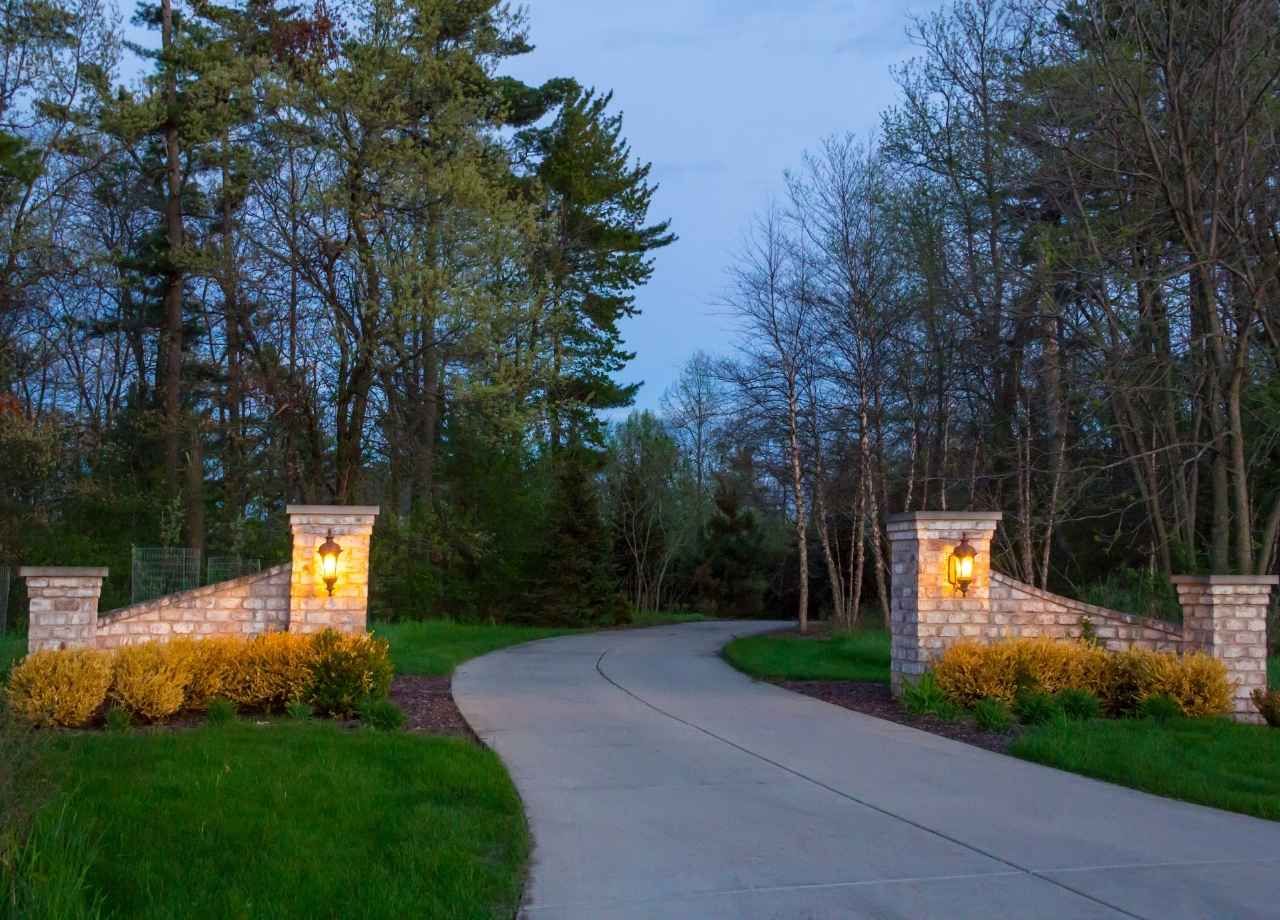
Inspecting Wiring and Connections
Regular inspection of your wiring is crucial for safety and performance. Look for exposed wires, signs of gnawing by animals, or cracked insulation. Use low-voltage testers to confirm voltage levels at different points in the system. Inconsistent readings may indicate corrosion or a short circuit.
Connections should be secure and moisture-resistant. Modern systems use gel-filled wire nuts or compression fittings to prevent water ingress. If your system is older and relies on basic twist connectors, consider upgrading to more weatherproof options.
Check your transformer periodically. Ensure that it is clear of mulch, leaves, or other debris that could block airflow and cause overheating. Verify that timers and photocells are working correctly and adjust seasonal settings as needed.
Monitoring LED Performance
LED lighting has transformed outdoor systems with its energy efficiency and long lifespan. However, it’s a misconception that LEDs are maintenance-free. Over time, diodes can degrade, leading to color shifting or uneven brightness. Heat is the primary enemy of LED longevity, so fixtures need proper ventilation.
Look for inconsistencies in brightness across fixtures. A single dim light in a row of bright ones could point to a failing driver or a connection issue. Some modern systems allow remote monitoring through smart controllers. If your setup includes this, take advantage of the data to spot performance issues early.
Also, evaluate whether your lighting design still meets your needs. As landscapes mature or outdoor living spaces evolve, lighting should be adjusted to reflect these changes. LEDs are adaptable, and small adjustments in placement or lensing can refresh the look without a full redesign.
Seasonal Considerations
Florida's weather can be unpredictable, with summer storms and salty air taking a toll on outdoor fixtures. Seasonal inspections help mitigate damage. Before hurricane season, secure or temporarily remove any ground-mounted fixtures that could be dislodged by wind or water.
Winter months in Jacksonville might be mild, but cooler temperatures and rain can still affect transformer performance or moisture seals. Spring is a good time to replace any damaged components and prepare for longer evenings. Seasonal maintenance doesn’t just protect your system—it enhances enjoyment when outdoor entertaining ramps up.
Scheduling Preventive Maintenance
Professional maintenance once or twice a year can catch problems before they escalate. A trained technician will clean lenses, check voltage levels, reseal connections, test transformers, and realign fixtures. Documentation of each visit also helps track system health over time.
If you prefer to handle basic tasks yourself, create a quarterly schedule to walk your property, clean fixtures, and check for any irregularities. Having a maintenance log can guide future improvements and simplify troubleshooting.
Maintaining your outdoor lighting system isn't a chore—it's part of preserving the beauty and safety of your home. With regular attention, your lighting will continue to make a powerful statement every evening, welcoming guests and enriching your landscape for years to come.

